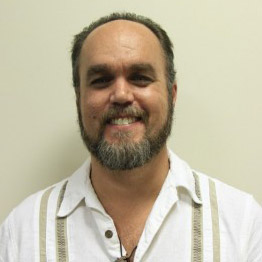“All that is necessary for evil to triumph is for good men to do nothing,” is perhaps the most often quoted statement of Edmund Burke, an Irish philosopher and politician. In fact, the origin of the quote is unknown, and no definitive source can directly attribute it to Burke. Nevertheless, it matches the spirit of much of his writing. In some versions of the quote “few” is placed before men. I like to think that this version is true, that just a few people standing up for what is right can make a difference. But in many cases even a “few” fail to step forward.
perhaps the most often quoted statement of Edmund Burke, an Irish philosopher and politician. In fact, the origin of the quote is unknown, and no definitive source can directly attribute it to Burke. Nevertheless, it matches the spirit of much of his writing. In some versions of the quote “few” is placed before men. I like to think that this version is true, that just a few people standing up for what is right can make a difference. But in many cases even a “few” fail to step forward.
I am not sure what particular situation Burke was referring to, but the quote reminds me of something called the bystander effect. This phenomenon is well known to researchers, and many dramatic cases have been documented since it was first identified. The most famous, perhaps, is the case of Catherine “Kitty” Genovese. In 1964, returning from work in the early morning hours, she was attacked and stabbed. For about 20 minutes she yelled for help, but none of the dozens of people who heard her called the police until it was too late.
In kids, this phenomenon is seen in a less dramatic fashion and is often associated with bullying. Most people today know something about bullying. Programs, videos and zero–tolerance policies abound. Experts view bullies in different ways. Some see them as sociopaths, others as victims of dysfunctional families. There is also no common agreement about what constitutes bullying.
Kids who are the victims of bullying are being examined as well. They are often different in some way than the majority of kids. They may be smaller, less assertive, less accepted, or from another culture for instance. Any kid can be a victim of bullying, but some kids tend to get picked on more than others.
It is fine to study the phenomenon from these vantage points, but for my money, the best interventions will come from other kids who witness bullying behavior. Most bullying behavior is done in the presence of other youth, and it is they, not adults, who will be in a position to stand up for what is right.
Many excellent resources exist for this kind of work. Here is a list of strategies from one source, the Active Bystander Program at MIT:
- Name the offense
- Point to “the elephant in the room”
- Interrupt the behavior
- Help calm strong feelings
- Call for help
- Report the incident
Even if the psychology behind the bystander effect is complex, the solutions are not. The best way to overcome it is with training that includes discussion, support and most of all, practice. If you are involved in the lives of kids, check out some of the resources on training active bystanders. You may end up doing a lot of good. You may help a kid to become one of Burke’s “few.”































